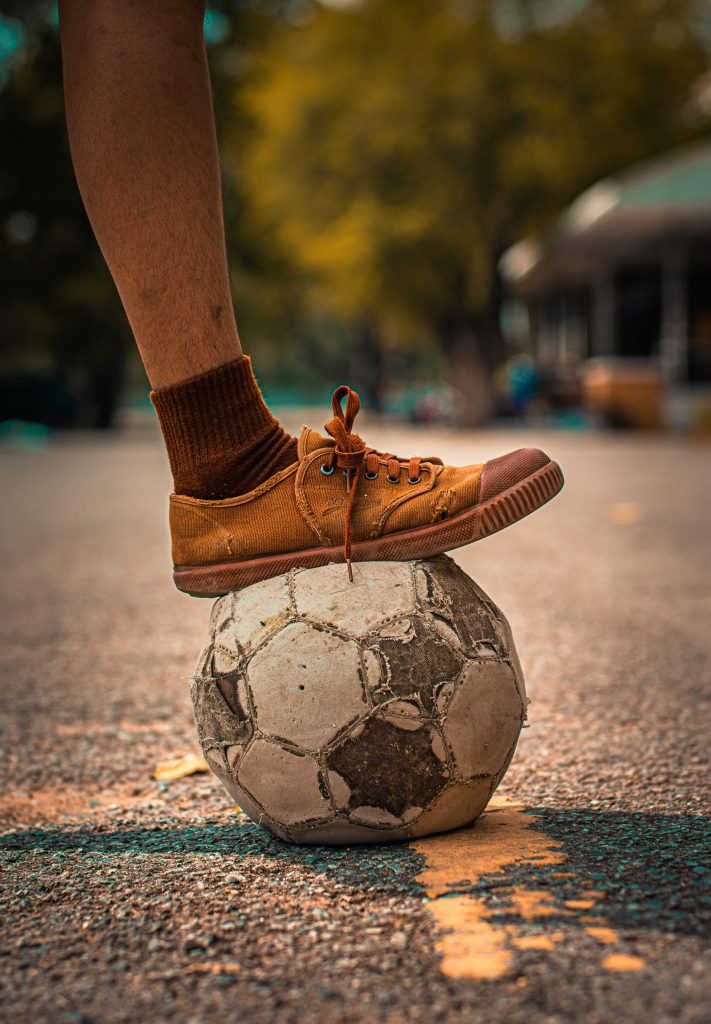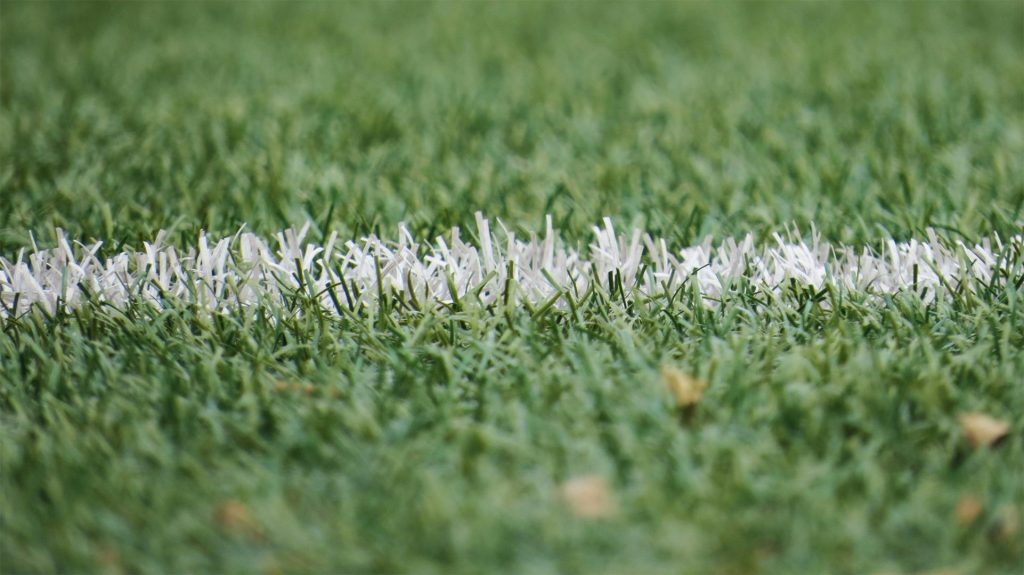Football boots, or soccer cleats, have evolved significantly over the years, transforming from basic leather shoes into high-tech gear that enhances performance, comfort, and style. This evolution mirrors advancements in materials science, biomechanics, and design, reflecting the sport’s increasing demand for speed, precision, and player safety. This article explores the history, technological advancements, and future trends in football boots.
Early Beginnings: The Origin of Football Boots
The earliest football boots in the 19th century were little more than modified work boots. Players wore heavy, leather boots with steel toes and nailed-on studs to provide grip. These early boots were designed for protection rather than performance, aiming to shield players’ feet from harsh tackles and rough playing conditions. The high-cut design provided ankle support but also restricted movement and flexibility, making the boots cumbersome and uncomfortable by modern standards.
By the early 20th century, football boots began to evolve. Leather remained the primary material, but the design became more specialized. Lighter, lower-cut boots emerged, offering greater flexibility and mobility. The addition of screw-in studs, introduced in the 1920s and 1930s, allowed players to adapt their boots to different pitch conditions, improving traction on muddy or wet surfaces.
Post-War Innovations: From Leather to Synthetic Materials
The post-World War II era brought significant changes to football boot design, driven by advancements in materials and manufacturing techniques. In the 1950s and 1960s, the introduction of molded rubber soles replaced traditional leather soles and nailed-in studs. This innovation provided better grip and reduced the weight of the boots, enhancing player agility and comfort.
The 1970s marked a turning point in the development of football boots, with the introduction of synthetic materials. Adidas, a leading sportswear manufacturer, pioneered the use of lighter, synthetic materials in their boots. The iconic Adidas Copa Mundial, launched in 1979, became one of the most popular and enduring designs, featuring a combination of leather and synthetic materials for improved performance.
Synthetic materials offered several advantages over traditional leather. They were lighter, more water-resistant, and could be engineered for specific performance attributes, such as flexibility or durability. This period also saw the emergence of branded football boots, with major manufacturers like Puma and Nike entering the market and sponsoring top players, further driving innovation and competition.
The 1990s to 2000s: The Rise of High-Tech Football Boots
The 1990s and early 2000s witnessed a revolution in football boot technology, characterized by the integration of advanced materials, ergonomic design, and player-centric features. This era saw the introduction of lighter, more aerodynamic boots designed to enhance speed and control.
Nike’s launch of the Mercurial series in 1998, notably worn by Ronaldo during the World Cup, marked a significant shift towards performance-oriented design. The Mercurial boots featured synthetic materials, a lightweight construction, and a minimalist aesthetic, emphasizing speed and agility. This design philosophy influenced subsequent boot designs across the industry, prioritizing performance characteristics tailored to different playing styles.
Adidas responded with its Predator series, introduced in the 1990s, which incorporated rubber ridges on the upper to improve ball control and striking power. The Predator boots became synonymous with players known for their technical skills and precise passing, such as David Beckham. This period also saw the introduction of personalized elements, such as custom colors and player-specific modifications, reflecting the growing trend of individual expression in sports equipment.
Modern Era: Smart Boots and Customization
In the 21st century, football boots have continued to evolve, driven by advancements in technology, biomechanics, and player feedback. Modern football boots are characterized by their lightweight construction, precision fit, and incorporation of smart technologies.
One of the significant trends in recent years is the use of data and biomechanics to design boots tailored to specific player needs. Manufacturers now use 3D scanning and data analysis to create boots that fit precisely and enhance player performance. For example, Nike’s Flyknit technology uses a knitted upper for a sock-like fit, reducing weight and improving flexibility.
Smart technologies are also making their way into football boots. Sensors embedded in the sole or upper can track metrics such as distance covered, speed, and kicking force, providing players and coaches with valuable data for performance analysis. These smart boots offer insights into player movements and can be used to optimize training and match strategies.
Customization has become a prominent feature in modern football boots. Players can now personalize their boots with specific colors, patterns, and even personal inscriptions. This trend reflects the broader cultural shift towards individual expression and the growing influence of social media, where players and fans alike showcase their unique styles.
Environmental Considerations: Sustainable Football Boots
As awareness of environmental issues grows, sustainability has become a key consideration in the design and manufacture of football boots. Leading brands are exploring eco-friendly materials and production methods to reduce their environmental impact.
Adidas and Nike have introduced boots made from recycled materials and are exploring ways to make their products more sustainable. Adidas’ Parley series, for example, uses recycled ocean plastics, while Nike’s Move to Zero initiative aims to reduce carbon emissions and waste across their product lines.
These efforts reflect a broader trend towards sustainability in the sportswear industry, driven by consumer demand for environmentally responsible products. Future developments in football boot design are likely to continue this focus on sustainability, combining high performance with minimal environmental impact.
Future Trends: What’s Next for Football Boots?
The future of football boots is likely to be shaped by ongoing advancements in technology, materials, and player preferences. Several trends are emerging that could define the next generation of football boots:
- Advanced Materials: Continued innovation in materials science is expected to yield even lighter, stronger, and more flexible boots. Nanotechnology and new synthetic materials could further enhance performance while maintaining durability and comfort.
- Integration of Wearable Technology: As smart technology advances, we can expect more sophisticated integration of wearable sensors and analytics into football boots. These technologies could provide real-time feedback on player performance and biomechanics, offering new ways to optimize training and prevent injuries.
- Sustainability and Eco-Friendly Design: The push towards sustainability will likely drive further innovation in eco-friendly materials and production processes. Future football boots may feature biodegradable components or materials sourced from renewable resources.
- Personalization and Customization: Advances in manufacturing technologies, such as 3D printing, could allow for greater customization of football boots, enabling players to design and produce boots tailored precisely to their feet and playing style.
- Enhanced Player Safety: Research into player safety and injury prevention will continue to influence boot design. Innovations may include improved impact absorption, enhanced ankle support, and materials that reduce the risk of common injuries.
In conclusion, the evolution of football boots reflects the broader trends and advancements in sports technology and design. From their humble beginnings as heavy leather shoes to the high-tech, performance-oriented gear of today, football boots have undergone a remarkable transformation. As technology continues
- Neymar’s Return to Santos FC - January 29, 2025
- Manchester United and Manchester City: Challenges in the 2024-2025 Premier League Season - January 5, 2025
- Manchester City: The Downfall of a Modern Football Powerhouse - December 16, 2024



